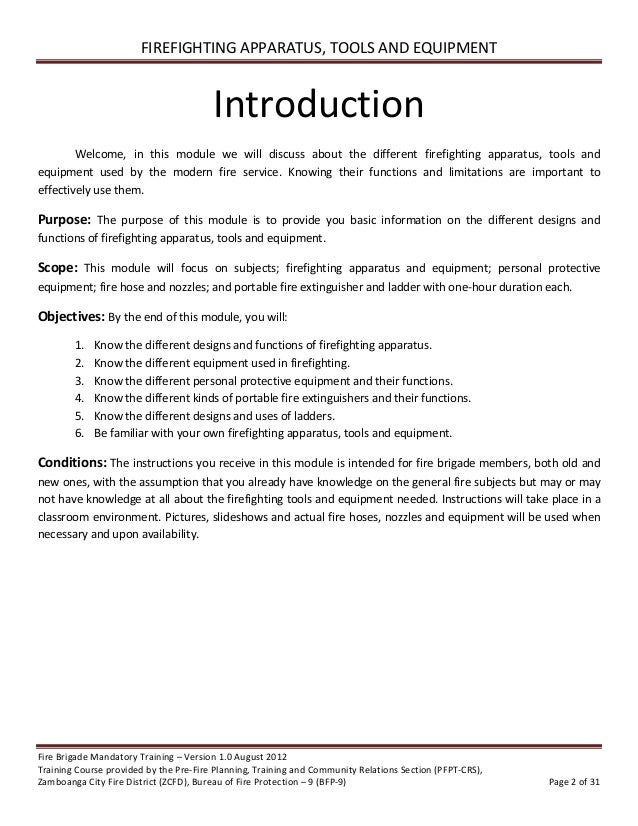Emergency preparedness is a critical concern for organizations. Important factors of fire safety are automatic fire suppression systems and brigade drills. While sprinkler systems limit destruction, well-prepared emergency teams ensure swift action.
How Do Automatic Fire Suppression Systems Work?
Fire suppression setups are designed to respond quickly by spraying water when heat activates them. Sprinkler valves functions on its own, ensuring precise fire suppression.

Key parts of fire suppression systems include:
- Spray mechanisms: Spray water to suppress heat.
- Pressurized pipes: Maintains water pressure.
- Control systems: Provide manual override options.
- Water source: Ensures system reliability.
projeto de sprinklers
The Importance of Emergency Preparedness Programs
Emergency response drills educates personnel to handle fire emergencies. Fire readiness courses enhance situational awareness, ensuring swift action during unexpected events.

Primary components of fire brigade training include:
- Risk management strategies: Minimizing potential dangers.
- Evacuation procedures: Practicing quick evacuation.
- Fire suppression strategies: Gaining confidence in fire control.
- Team coordination: Enhancing communication.
How Sprinkler Systems and Fire Brigade Training Work Together
Combining sprinkler systems with fire team readiness maximizes emergency response effectiveness. Automatic systems activate immediately, while trained fire brigades handle complex scenarios.

Integrating systems and training supports robust emergency plans for residential areas, workspaces, and industrial facilities alike.
Conclusion: Prioritizing Fire Safety with Sprinklers and Training
Investing in sprinkler systems and providing fire brigade training ensures a safer future. Together, these approaches create a powerful defense.
Start improving your fire safety today by consulting fire suppression experts and organizing emergency response drills. Preparedness is the key to protection!